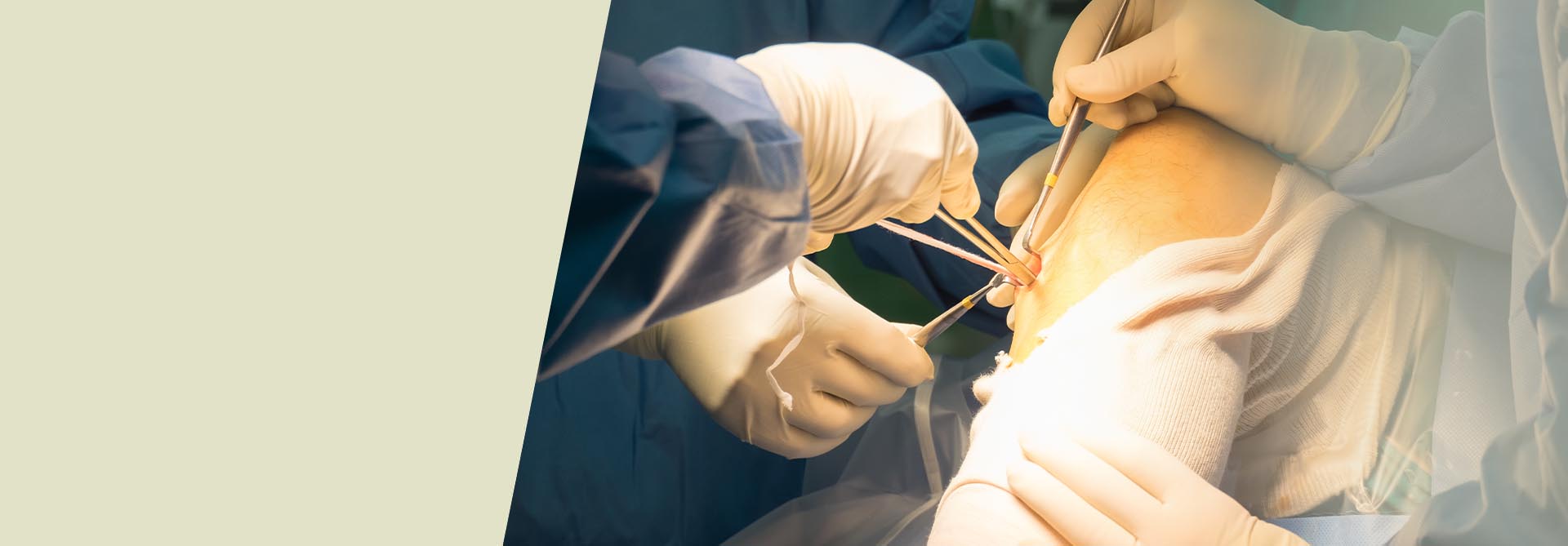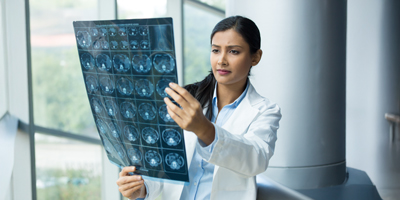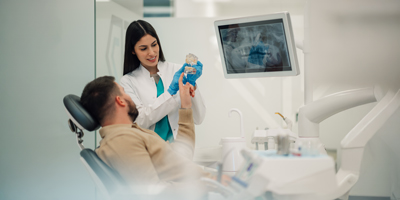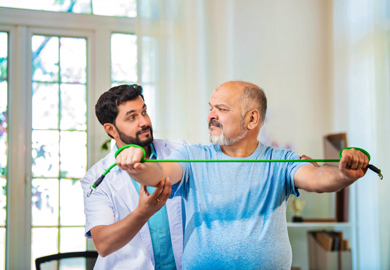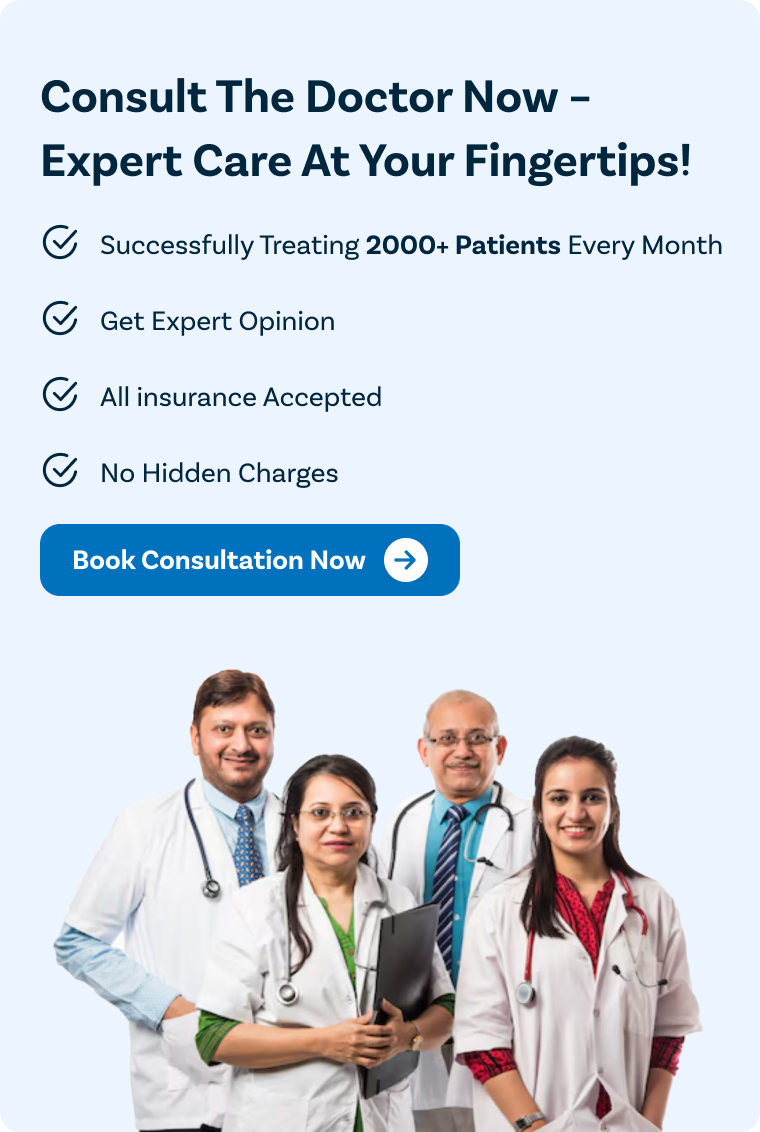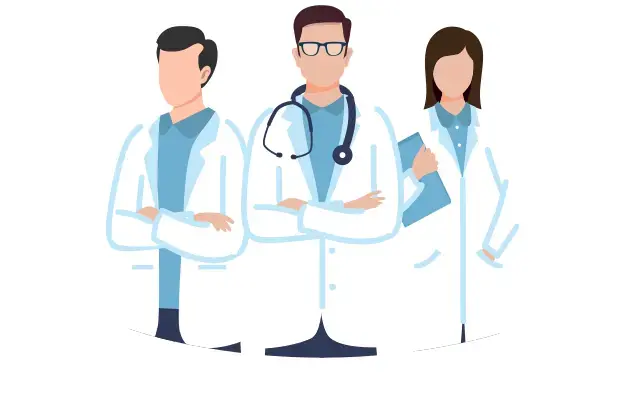You should consult an orthopedic doctor for arthroscopy if you experience:
- Persistent joint pain that does not improve with rest or medicines
- Swelling, stiffness, or fluid accumulation in the joint
- Difficulty moving the joint freely
- Repeated joint injuries that impact your mobility
- Clicking or locking sensations in the knee, shoulder, or other joints
- Instability or weakness in the joint during physical activity
Early diagnosis and treatment through arthroscopy can prevent long-term complications such as arthritis, severe cartilage damage, or permanent loss of joint function.
You should consult an orthopedic doctor for arthroscopy if you experience:
- Persistent joint pain that does not improve with rest or medicines
- Swelling, stiffness, or fluid accumulation in the joint
- Difficulty moving the joint freely
- Repeated joint injuries that impact your mobility
- Clicking or locking sensations in the knee, shoulder, or other joints
- Instability or weakness in the joint during physical activity
Early diagnosis and treatment through arthroscopy can prevent long-term complications such as arthritis, severe cartilage damage, or permanent loss of joint function.










